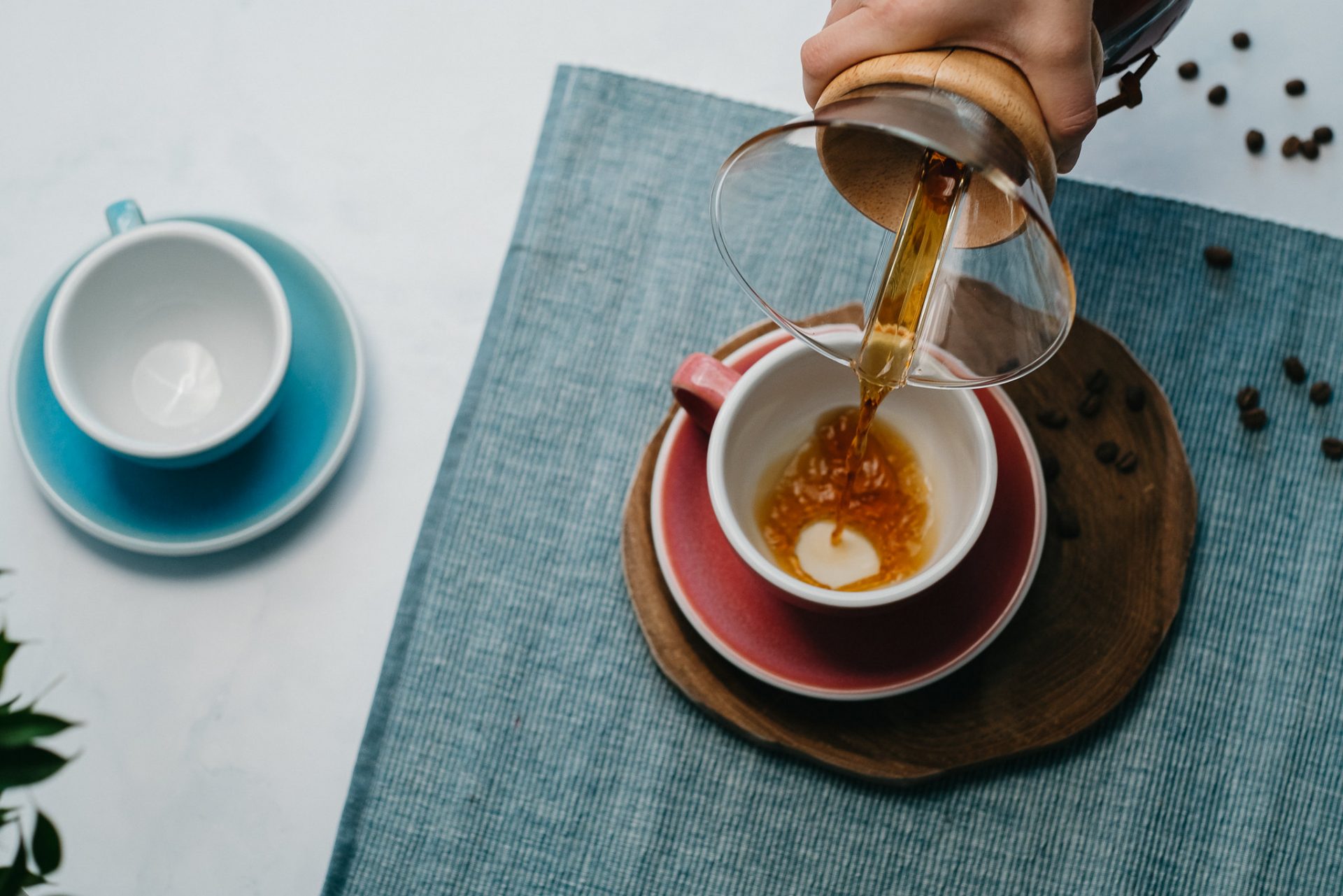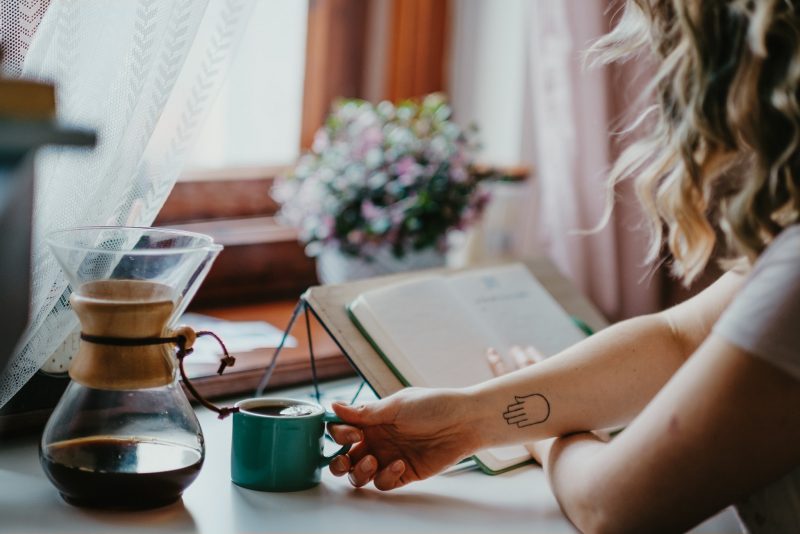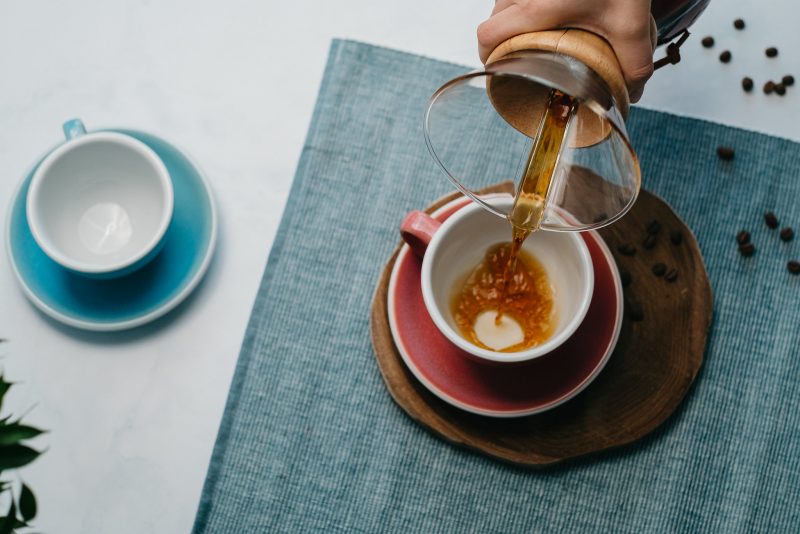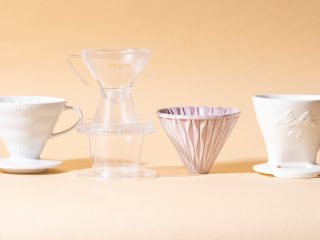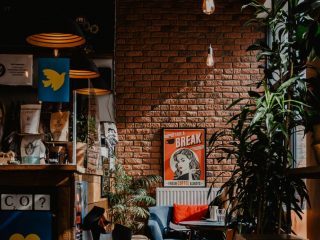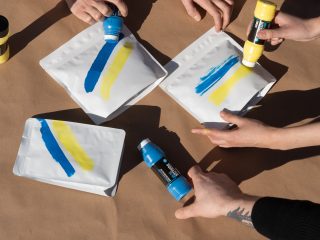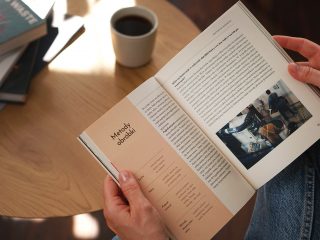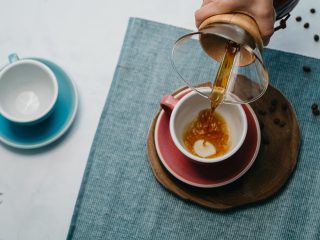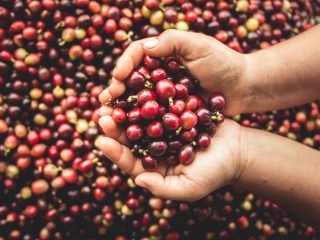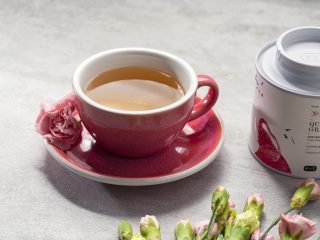Could there be anything more effective when you experience a drop in energy during the day than drinking a cup of coffee or taking a nap? Well, yes! The combination of these two things, the so-called caffeine nap – a coffee nap. It turns out that drinking a cup of coffee just before a short nap maximizes the benefits of both coffee and sleep. How is it possible?
What is a caffeine nap?
The term caffeine nap or coffee nap is defined as drinking coffee before a short, usually 20-minute nap. Coffee nap is believed to increase energy levels more than just drinking coffee or just taking a nap. It happens, among others, because the caffeine kicks in the moment you wake up from a short sleep.
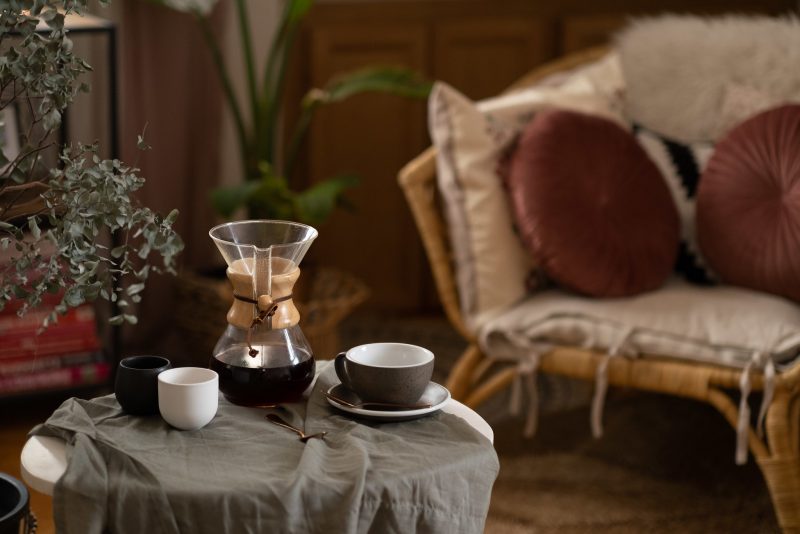
How does coffee nap affect your body?
When you drink coffee, caffeine is absorbed through the small intestine into the bloodstream. It then crosses the blood-brain barrier in approximately 20 minutes. Caffeine reaching the brain competes for a place on brain cell receptors that are normally associated with similarly shaped adenosine molecules. Adenosine is a byproduct of brain activity. Accumulated in large amounts, it causes fatigue in the body. Sleep naturally removes adenosine from the brain – so, when we are asleep, we usually don’t feel tired. By taking a caffeine nap, we will effectively remove adenosine from our brain, thus reducing competition for the caffeine stimulant. In this way, caffeine can bind to the receptors of the brain cells, blocking them against adenosine and thereby stimulating the body to function. So, sleep can enhance the effects of coffee by increasing the availability of brain receptors for caffeine.
Recipe for a caffeinated nap
The recipe for a coffee nap is very simple. It is best to drink coffee fairly quickly. Then you have enough time to fall asleep, while the caffeine passes through the digestive tract and enters the bloodstream. If you have difficulty drinking your coffee quickly, it may be a good idea to cool it down beforehand or have an espresso. Sugar in your beverage may reduce the effectiveness of a coffee nap, so the best option is to drink unsweetened black coffee. Set the alarm clock right after consuming the drink and try to fall asleep. Don’t worry or force yourself to sleep at all costs if it doesn’t come easily. Just try not to think and calm your breathing. Lying down peacefully, calming down your body or being half-asleep during your coffee nap will also bring a great effect. Remember, however, that the nap can’t be longer than 20 minutes.
Why is it so important?
Time is crucial in a coffee nap. Twenty minutes is optimal, so that the body doesn’t enter deeper phases of sleep, which could reduce the effectiveness of a coffee nap. You remain in a phase of light sleep, so waking up is quite easy and doesn’t have unpleasant consequences. If you nap for more than 20 minutes, the likelihood of entering deeper sleep phase is much higher. Coming round after such a nap will not be so pleasant. This can also lead to a so-called inertia of sleep, manifested in subsequent drowsiness and disorientation. It is believed that limiting coffee naps to 20 minutes can prevent this. This is the best time to give way to caffeine by reducing adenosine levels. The caffeine will then be more effective, and your body will feel its positive effects a few hours later.
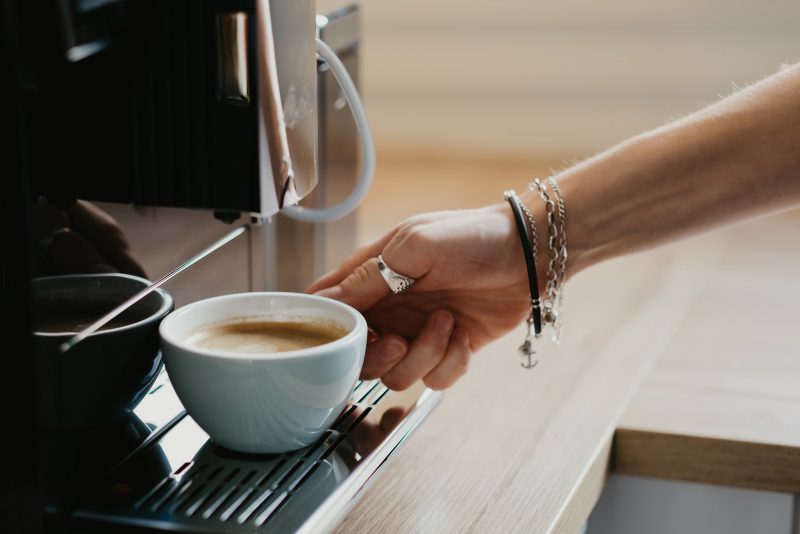
What’s the best time of the day for a coffee nap?
You can take a coffee nap at any time of the day, but remember not to take it later than 6 hours before going to bed. Most often, however, we have it during the day or in the afternoon, when we start to feel tired and lack concentration. Of course, there’s no reason you can’t take a coffee nap in the morning or after you wake up but still feel lethargic. However, you shouldn’t try it when it’s time to go to bed. Caffeine can then cause adverse effects on the body, such as nervousness, irritability, palpitations, and may disrupt the proper sleep.
The benefits of coffee nap
- an effective and easy way to increase energy and efficiency during the day
- allows you to make better use of the waiting time for the caffeine to kick in after drinking coffee
- improves the regenerating properties of naps
- no drowsiness when you wake up
Limitations on the use of caffeinated naps
- if used too often or as a substitute for sleep, it may have negative effects on the body
- to avoid nocturnal sleep disturbances, coffee nap should not be taken at least six hours before bedtime
- research confirms the effectiveness of coffee naps, but in a limited amount
Summary
Getting the right amount and quality of sleep at night is crucial to maintaining well-being, energy and productivity throughout the day. Sometimes, however, despite the right amount of sleep, we feel a sharp drop in energy in the afternoon. In such a case, coffee nap is worth trying out. Drinking coffee before a 20-minute nap, that is taking a coffee nap, may be the best way to reap the benefits of both the nap and the caffeine you’ve consumed.
Sources:
- Rogers P, Smith J. 2011. Caffeine, mood and cognition. W: David Benton (red.) Lifetime nutritional influences on cognition, behaviour and psychiatric illness. Woodhead Publishing. s. 251–271. England: Cambridge.
- A. Ribeiro,A. M. Sebastiao. Caffeine and Adenosine. Journal of Alzheimer’s Disease 20 (2010) S3–S15
- Sara C. Mednick; Denise J. Cai; Jennifer Kanady; Sean P.A. Drummond (2008). Comparing the benefits of caffeine, naps and placebo on verbal, motor and perceptual memory. 193(1), 0–86.
- Tassi; A. Muzet (2000). Sleep inertia. 4(4), 0–353.
- Drake, C., Roehrs, T., Shambroom, J., & Roth, T. (2013). Caffeine Effects on Sleep Taken 0, 3, or 6 Hours before Going to Bed. Journal of Clinical Sleep Medicine.
- Centofanti, Stephanie; Banks, Siobhan; Coussens, Scott; Gray, Darren; Munro, Emily; Nielsen, Johnathon; Dorrian, Jillian (2020). A pilot study investigating the impact of a caffeine-nap on alertness during a simulated night shift. Chronobiology International, (), 1–5.
- Bertil B. Fredholm (1995). Adenosine, Adenosine Receptors and the Actions of Caffeine. 76(2), 93–101.
- Mitsuo Hayashi; Akiko Masuda; Tadao Hori (2003). The alerting effects of caffeine, bright light and face washing after a short daytime nap, 114(12), 2268–2278.
- Luise A. Reyner; James A. Horne (1997). Suppression of sleepiness in drivers: Combination of caffeine with a short nap. , 34(6), 721–725.
- A. HORNE; L. A. REYNER (1996). Counteracting driver sleepiness: Effects of napping, caffeine, and placebo. , 33(3), 306–309.

